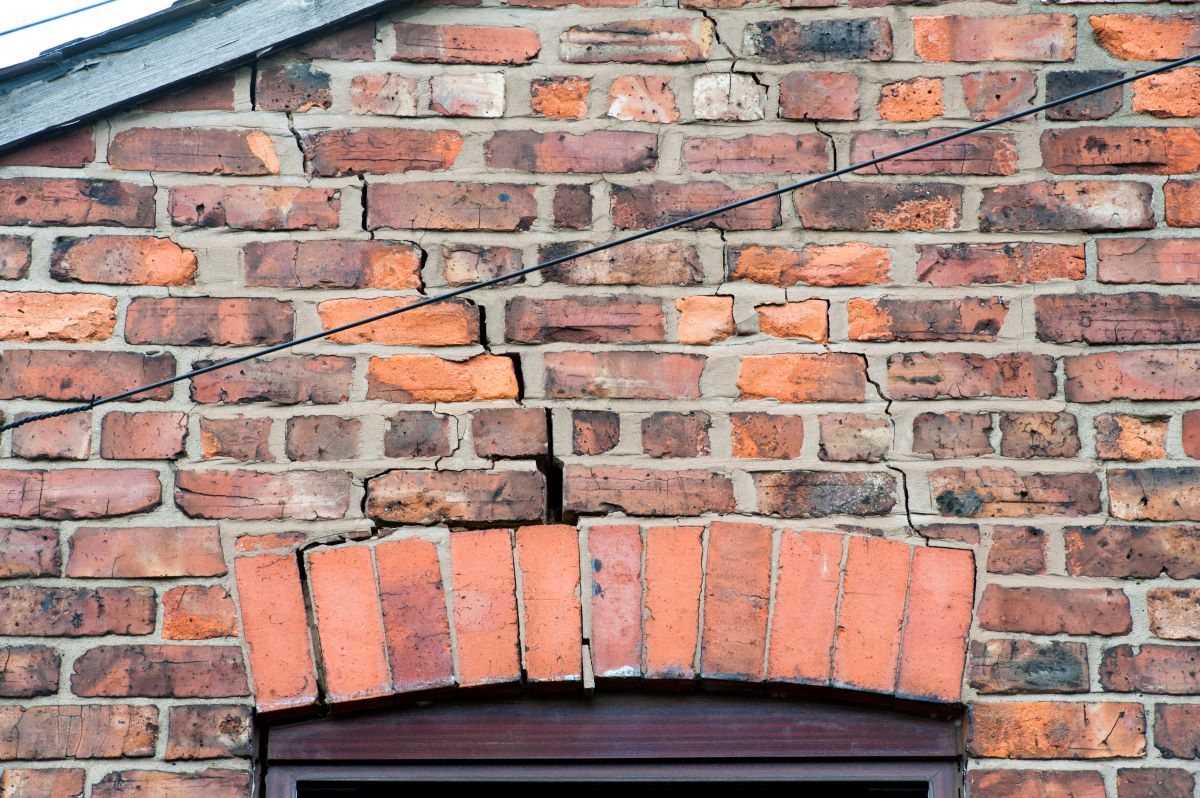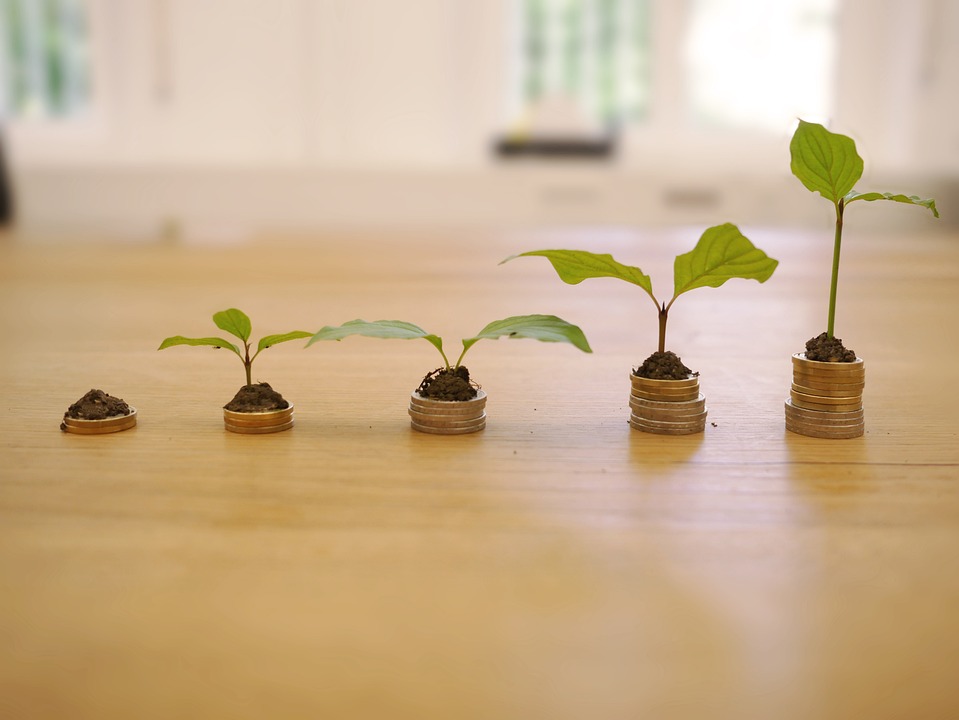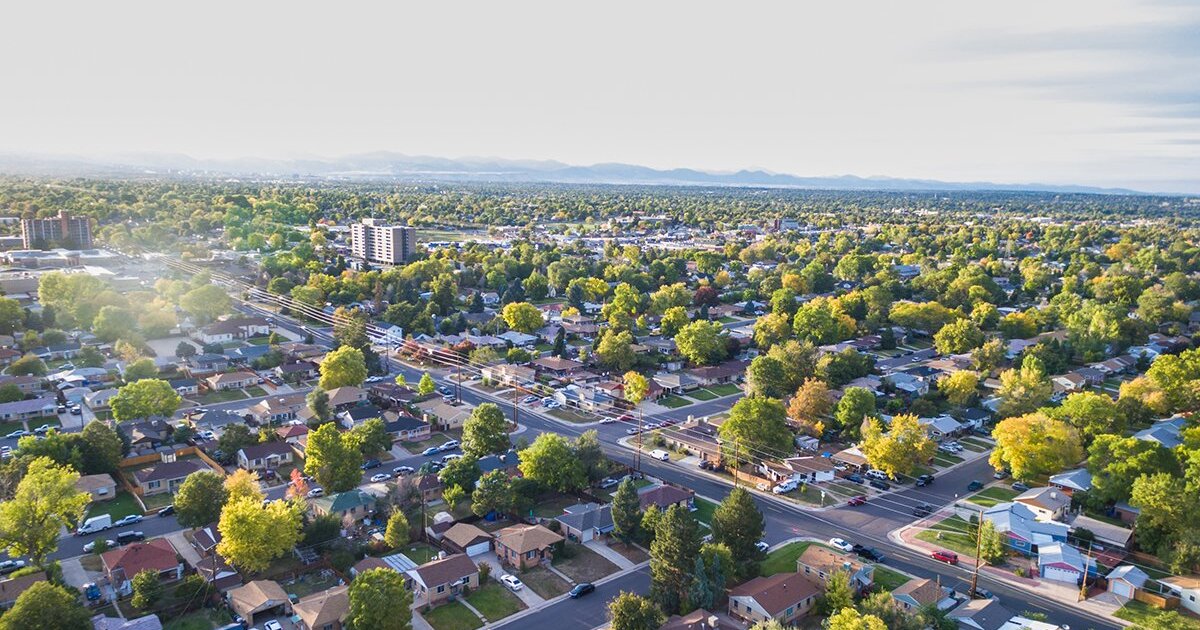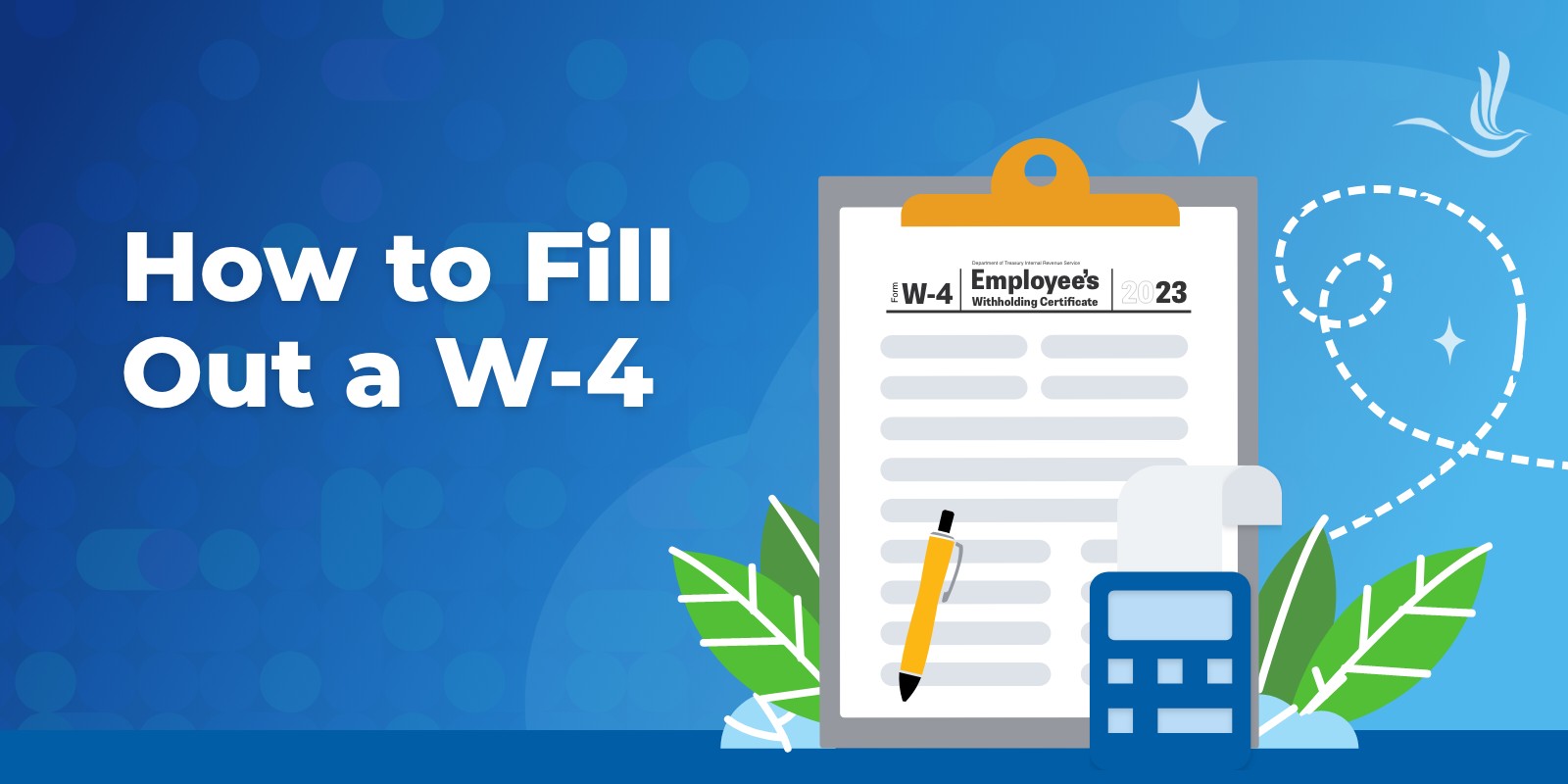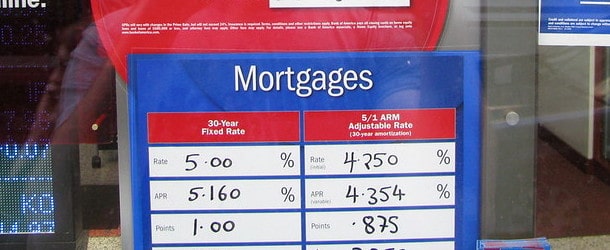Your house is more than just a building, it’s your home, whether you’ve owned it for years or it’s a new buy. But what happens when your home has an issue like subsidence?
We explain everything about house subsidence here, including what it’s caused by and the warning signs.
What is subsidence?
Subsidence is when the ground underneath the foundations of your property begin to sink. This causes destabilisation in your home, meaning that some parts of the structure – including the walls and floor – could sink with it.
Not only can this impact the structural integrity of your property, it can also make your home difficult to sell in the future.
What causes house subsidence?
In general, modern properties aren’t as susceptible to subsidence as other buildings. Those that were built before the 1950s are more likely to suffer from subsidence as their foundations are shallower, making them more prone to movement.
Home subsidence is caused by a number of factors, including:
Clay soil
This type of dirt is prone to shrinking and swelling when moisture in the earth fluctuates. Clay soil is common across the country, especially in the South East, including most parts of London.
During the summer months, clay soil is more prone to drying out, especially if there are trees in the area as they extract moisture from the earth. When the soil dries out, it shrinks, which causes the foundations beneath the property to shift.
If it rains a lot in the vicinity of your property, this can then cause the soil to swell, causing movement in the ground. This shrink-swell type of subsidence is often seasonal, with the soil drying out in warmer months and becoming saturated in the colder months.
Leaky drains
Leaky drains or water supply pipes can cause short-term subsidence issues in areas with clay soil. Landscaping changes and shifts to surface drainage can also increase the likelihood that your property will suffer from temporary subsidence issues.
Flood-risk areas
Likewise, areas that are at higher risk of flooding could be more prone to subsidence. This is because severe bouts of flooding could cause the soil underneath the foundation to become saturated and wash away.
Trees and shrubbery
Whilst natural features such as trees and shrubs around your house look nice, in rare cases they can cause subsidence and other types of damage.
This is one of the reasons insurance companies will ask you whether there’s a tree located near your property, and if so, how tall and how far away it is.
Note that this is fairly uncommon; in most cases, extra foliage in the area won’t make a spot of difference to your property. However, if your home is built on clay soil and you have a large tree that takes in a lot of water from the soil, this can cause issues, especially if the UK goes through a particularly dry summer as the tree will absorb what little moisture in the soil there is.
If you are considering planting a tree near your property, it’s a good idea to opt for a low water tree, such as a birch, elder or hazel tree.
A tall tree close to your property could also cause physical damage to the building if its limbs break and fall onto your home or the tree trunk is struck by lightning and falls.
If you have a large tree or shrubs near your property, it’s a good idea to get them professionally assessed every few years to ensure they won’t damage your property, either through subsidence or physical damage. The professional can also check to see whether the tree needs to be pruned or – in rare cases – chopped down.
Coal mines
If your property is in an area that was previously used for mining, this can make your home more susceptible to subsidence, especially if the underground mines collapse.
Nearly one third of properties are built over coal mines, making mining-related subsidence fairly common.
Combined risk factors
In isolation, many of these risks won’t cause subsidence at all, but when combined, this could pose a higher risk. For instance, if you own an older building built on clay soil with a large tree in the area, you could find that your property is at a higher risk of developing subsidence.
What are the warning signs of subsidence?
If you suspect your property has subsidence, there are a number of warning signs you should look out for.
One of the first signs is cracks in the walls. Whilst hairline cracks aren’t usually anything to worry about, if the cracks are over 15mm wide or appear suddenly, this could indicate that the foundations of your property have moved.
These cracks are often diagonal and will show either on the exterior brickwork of the property or on the interior walls.
Other signs include:
- Existing cracks becoming wider
- Uneven or sinking floors
- Windows and doors sticking
- Noticeable leaning of the property
- Wallpaper wrinkling at the edges
- Cracks where your extension meets the rest of your home
What should I do if I notice the warning signs in my home?
If you suspect your property is affected by subsidence, it’s important that you get a structural survey completed by a chartered surveyor.
The professional will investigate your home and the surrounding area to identify whether the foundations of your house have moved, what’s caused this, and the best course of action to take if there is an issue.
What are the main courses of action for dealing with subsidence?
The correct course of action for your home varies depending on what has caused the subsidence in the first place.
Solutions for subsidence caused by trees and shrubbery
If subsidence has been caused by tree roots under the foundation of the property, you’ll likely need to hire a tree surgeon to remove any trees and shrubs in the area. It’s a good idea to prune any remaining plants regularly to avoid the issue occurring again.
Solutions for subsidence caused by burst water pipes and floods
In cases where the foundations of your property have become unstable because of a burst pipe or leak, this should be fixed in order to prevent the subsidence from getting worse.
Solutions for subsidence caused by clay soil
If the subsidence is caused by clay soil under your building, repairs are likely to be a bigger job than those outlined above. It’s possible that you would need to underpin the property. There are a number of underpinning methods you can choose from. The most common are outlined below.
1. Strengthening the soil
One of the most affordable options is to inject the ground with resin. This replaces soil that’s moved or been eroded so as to strengthen the foundation underneath your house.
2. Mass concrete
This is one of the oldest types of underpinning. It involves excavating sections below the foundations and filling them with concrete. Whilst this is a slow process, it is still one of the most popular methods.
3. Beam and base
Like mass concrete, excavation is required for beam and base underpinning. In this case, the soil isn’t completely removed from below the foundation. Instead, beams of concrete are placed underneath the property to support the home and prevent future issues.
4. Mini pile
This is where a hollow steel shaft is drilled into the ground and then filled with concrete or grout in order to further stabilise the foundation.
As this method doesn’t involve excavating the existing soil, it can be a relatively affordable yet effective solution for those whose homes have been affected by subsidence.
What happens to my home insurance if my property is affected by subsidence?
In most cases, standard home insurance policies do not cover your property if it’s got known subsidence issues before you take out a policy. Taking out cover without disclosing subsidence if you already know about it could void your insurance policy and leave you to foot the bill yourself.
In most cases, if your property develops subsidence issues while you have an active policy in place, insurance companies will cover the costs involved with repairing your home (minus the excess you’ve chosen to pay).
Thankfully, even if your property has previously been affected by subsidence and you’re struggling to get cover, we can cover homes affected by subsidence, as well as those that have been underpinned.
We’re on hand to answer all your questions about subsidence home insurance. Speak to our helpful, friendly team to get a quote for your property on 0800 369 8590 or book a callback at a time that suits you.
Publisher: Source link

